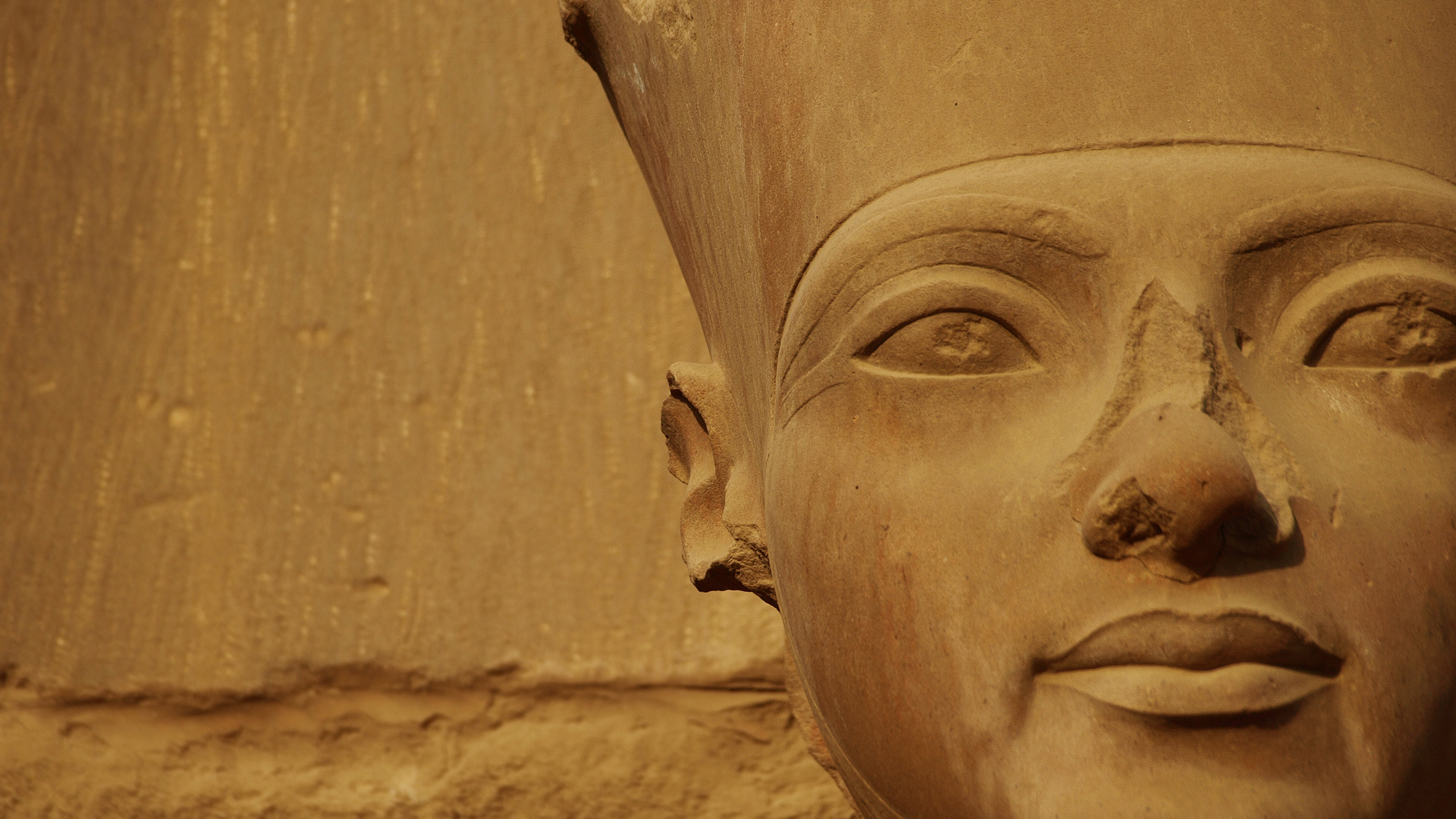What Was the Enlightenment?
Reference Article: A brief overview of the Enlightenment period of the 18th century.
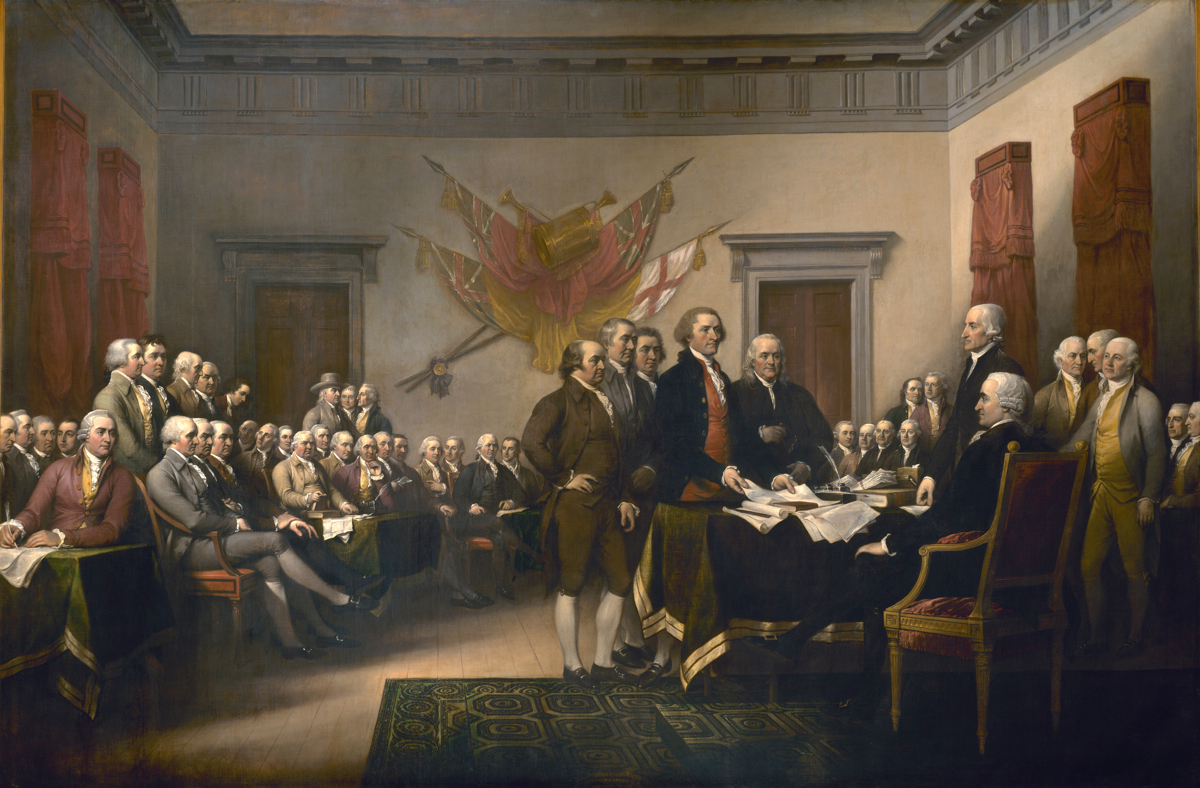
While the Enlightenment of the late 17th and 18th centuries was a time when science blossomed and revolutions in the United States and France occurred, it was also a time when millions of people were enslaved and transported from Africa to the Western Hemisphere.
It can be helpful "to think about the Enlightenment as a series of interlocking, and sometimes warring problems and debates" wrote Dorinda Outram, a history professor at the University of Rochester, in her book "The Enlightenment: Third Edition" (Cambridge University Press, 2013).
Big ideas
"The English term Enlightenment is itself a translation, coined in the late 19th century, of two distinct terms, both in use in the 18th century: the French term lumières and the German Aufklärung. The two have in common the idea of 'light,'" wrote John Robertson, a professor of the history of political thought at the University of Cambridge in his book "The Enlightenment: A Very Short Introduction" (Oxford University Press, 2015).
In this so-called time of light, several major ideas became popular. There was growing skepticism toward monarchs, particularly the idea of an absolute monarch — one who could make laws on a whim. There was also growing support for individual liberties and freedoms. "The palaces of kings are built on the ruins of the bowers of paradise," wrote Thomas Paine (1737-1809) in his pamphlet "Common Sense" (published in 1776).
These ideas helped spur the French Revolution (1789-1793), during which French King Louis XVI was beheaded and a republic was founded in France. Louis XVI and his ancestors had ruled France as absolute kings from the opulent Palace of Versailles, which served as an emblem of the French monarch's power. Skepticism of the monarchy also grew in the United States, which resulted in it becoming a republic after driving out the British during the U.S. Revolutionary War (1775-1783).
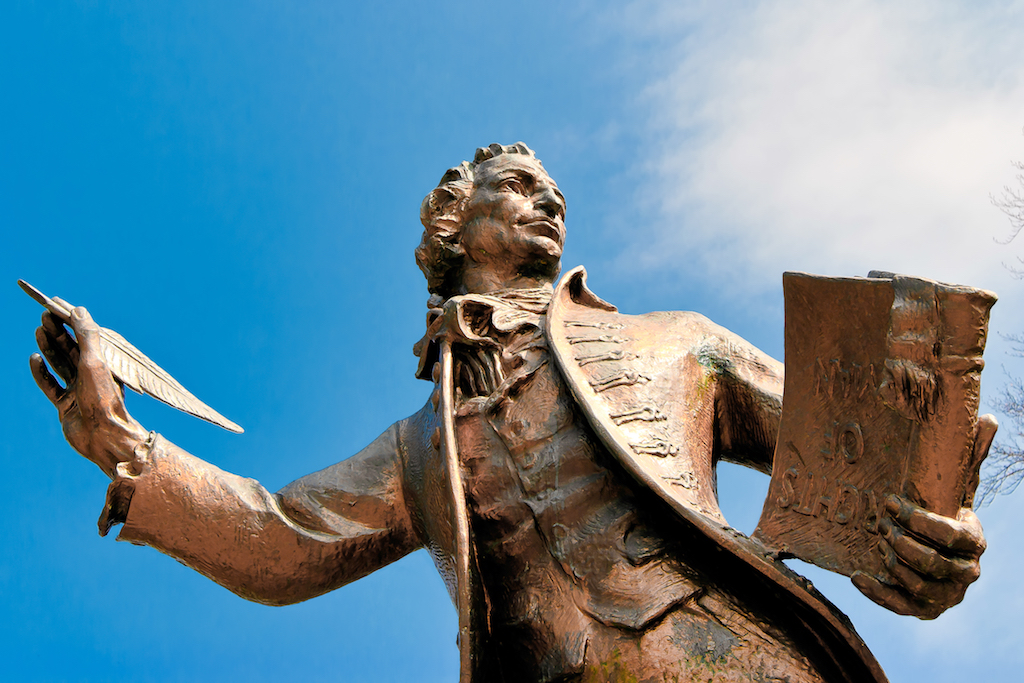
Early in this period people were also growing weary of religious authorities having strong political power, and the idea of religious freedom was becoming more and more popular. The Peace of Westphalia, the series of peace treaties that ended the Thirty Years' War in 1648, saw a reduction in the pope's power across Europe. This reduction in religious power continued into the 18th century, particularly during the French Revolution. Additionally, when the U.S. became independent, it refused to adopt a national religion, instead stating in the constitution that "Congress shall make no law respecting an establishment of religion, or prohibiting the free exercise thereof."
This time period also saw a burgeoning interest in understanding and using science rather than religion to explain natural phenomena. Isaac Newton, Daniel Fahrenheit, Benjamin Franklin and Alessandro Volta are but a few of the scientists and inventors who flourished during the Enlightenment. Their discoveries — such as advances in understanding electricity — helped pave the way for the industrial revolution and the technologies used in the world we live in today.
The development of new institutions dedicated to the advancement of science fueled the spread of knowledge throughout Europe. And with novel, more efficient techniques for printing, disseminating information was easier and cheaper than ever before. For instance, volumes of the Encyclopédie published in France between 1751 and 1772 contained a vast amount of information and attracted thousands of subscribers in France and beyond. Coffee houses became trendy in Europe and, for the price of a cup of coffee, a person visiting a coffee house could read what material was available, such as newspapers and fictional novels — making written material more accessible to all members of society.
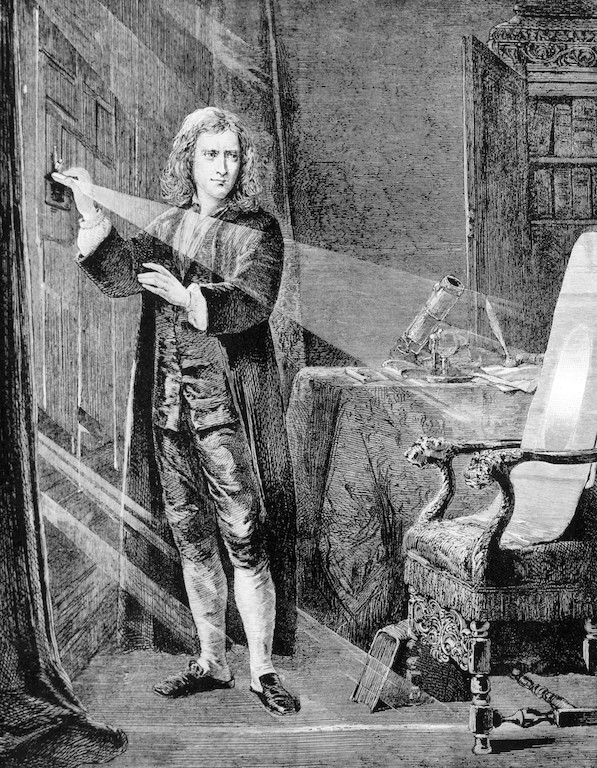
There was also a greater interest in economics. Most notably, the Scottish philosopher Adam Smith published his work "An Inquiry into the Nature and Causes of the Wealth of Nations" in 1776. In this pivotal book, Smith examined how markets work and was critical of mercantilism — an economic system in use in much of Europe that tended to create high tariffs, therefore stifling trade between countries. Some experts consider Smith to be the founder of modern economics.
More people were also becoming critical of warfare and torture. The French writer Voltaire (1694-1778) spoke out against these evils in his famous novel "Candide," which was published in 1759. The novel's protagonist, Candide, experienced love and romance early in his life, then is forced to take part in a war in which he learns firsthand about the cruelty and torture it engenders.
Slavery
While the Enlightenment was a period in which coffee houses, scientific advancements and skepticism toward monarchs and religion burgeoned, it was also a time when the slave trade flourished. Millions of people were enslaved and forcibly transported from Africa to the Western Hemisphere. Many of them didn't survive the journey in the cramped conditions of slave ships, and many more died in the harsh working conditions they encountered in the Western Hemisphere. Voyages of slave ships continued well into the 19th century.
Even Thomas Jefferson, the former U.S. president and main author of the U.S. Declaration of Independence, owned slaves, despite the fact that he was influenced by the Enlightenment and wrote that "all men are created equal" in the Declaration of Independence.
Outram wrote that part of the reason why slavery flourished was because of the vast amount of money that could be made from it. Plantation owners in the southern United States, the Caribbean and South America used slave labor to rake in the profits. Those in the shipbuilding industry responsible for constructing and maintaining slave ships also benefited financially, as did the financial companies that loaned money to finance the transport of slaves.
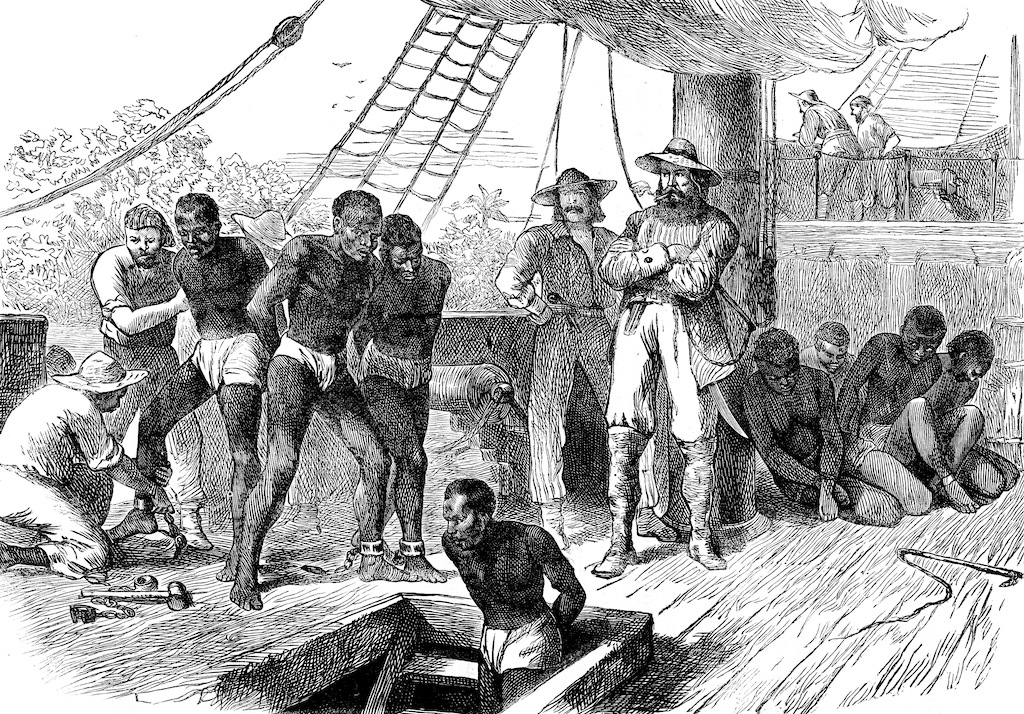
The Terror
The First French Republic also had policies that contradicted the ideas of the Enlightenment. Between 1793 and 1794, a period called the "terror" occurred in France.
During this time, France's fledgling government was afraid that it was going to be toppled and therefore arrested and executed as many of its perceived enemies as it could find, which resulted in the execution of thousands of people. The episode put a blight on the government and helped pave the way for the rise of Napoleon Bonaparte, who would eventually become emperor of France.
Additional resources:
- Read about the Enlightenment in the Stanford Encyclopedia of Philosophy.
- Learn how slavery in the United States continued, in a different form, into modern times.
- Read Voltaire's novel Candide.
Sign up for the Live Science daily newsletter now
Get the world’s most fascinating discoveries delivered straight to your inbox.

Owen Jarus is a regular contributor to Live Science who writes about archaeology and humans' past. He has also written for The Independent (UK), The Canadian Press (CP) and The Associated Press (AP), among others. Owen has a bachelor of arts degree from the University of Toronto and a journalism degree from Ryerson University.





